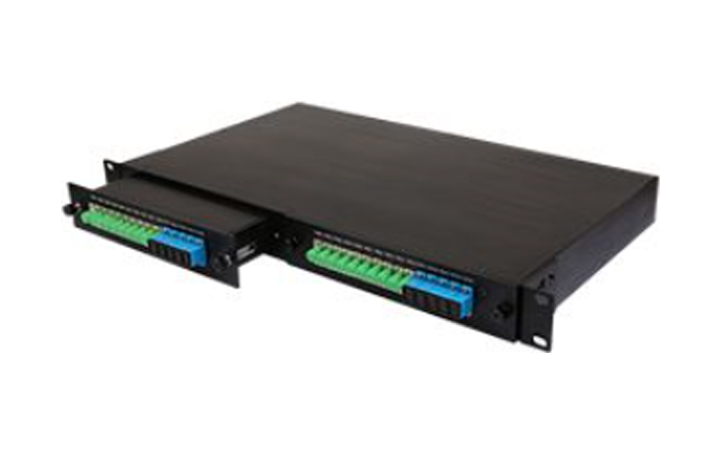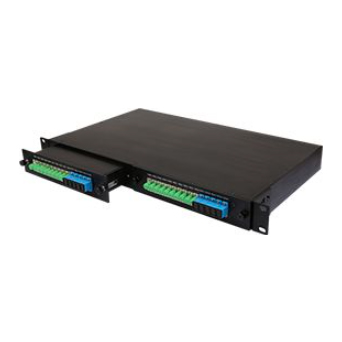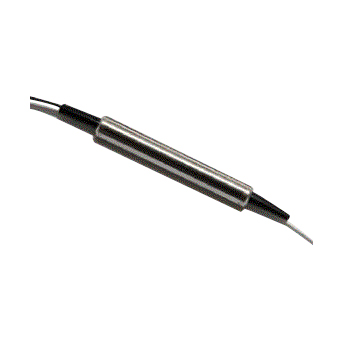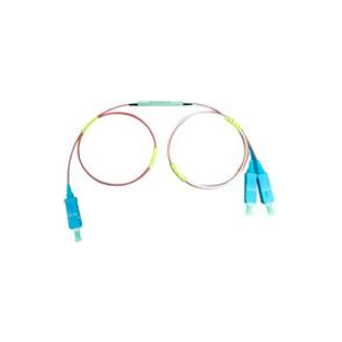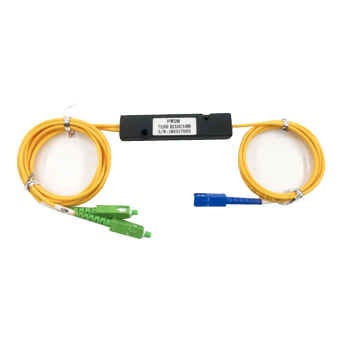An FWDM Coupler operates by using optical filters to selectively combine or split light signals of different wavelengths. When multiple wavelengths are combined into a single fiber, the coupler ensures that each wavelength is accurately directed to its intended path. Similarly, when splitting, it separates the combined signals into distinct outputs based on wavelength.
FWDM couplers use optical filters to selectively pass or block specific wavelengths, making them ideal for applications with precise wavelength requirements and fewer channels. In contrast, other WDM devices, such as AWGs (Arrayed Waveguide Gratings) or DWDM (Dense Wavelength Division Multiplexing) devices, may use different methods for wavelength management. The choice between these devices depends on factors like wavelength range, channel spacing, and network requirements.
Yes, FWDM Couplers can be customized to meet specific requirements. Manufacturers like PHXFIBER offer tailored solutions to address various applications, including different wavelength ranges, channel counts, and performance specifications. Customization ensures that the FWDM Coupler integrates seamlessly with your existing optical network.
When selecting an FWDM Coupler, consider factors such as the number of channels, wavelength range, insertion loss, return loss, and environmental conditions. Additionally, ensure that the coupler meets your network’s specific performance and reliability requirements.

 EN
EN

